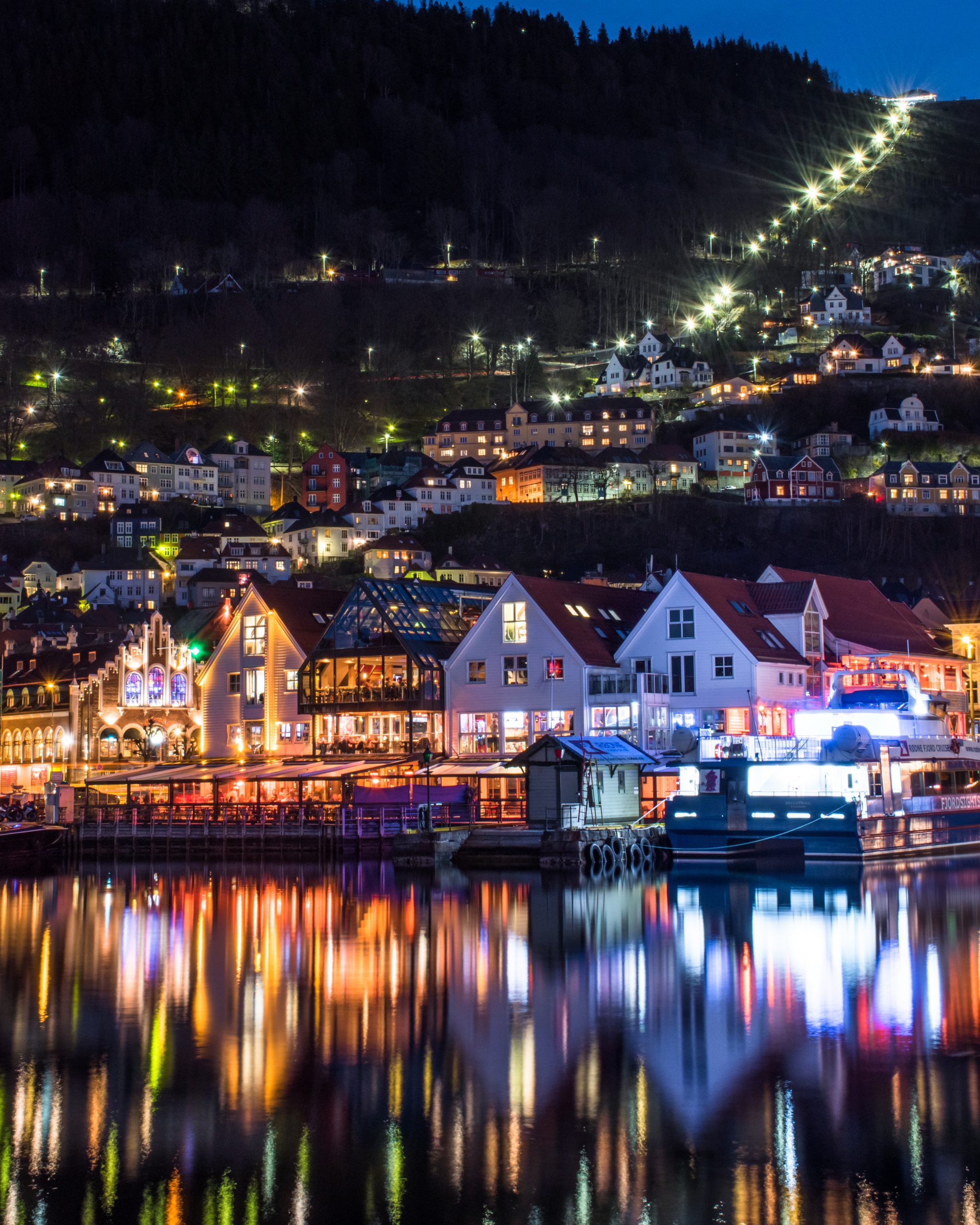
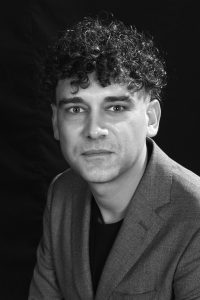
This is Mauro. I’m Italian, born in Turin, a city located northwest of Italy, near the Alps. I started writing my first personal blog page at 4:45 am on July the 4th 2022, onboard the research vessel G.O.Sars somewhere between Svalbard and Greenland in the Polar Arctic Circle. It took me two months before finishing the page. What was I doing during the middle of the night in the middle of the Arctic Ocean?! Right…I was on my night shift, mapping the ocean floor.
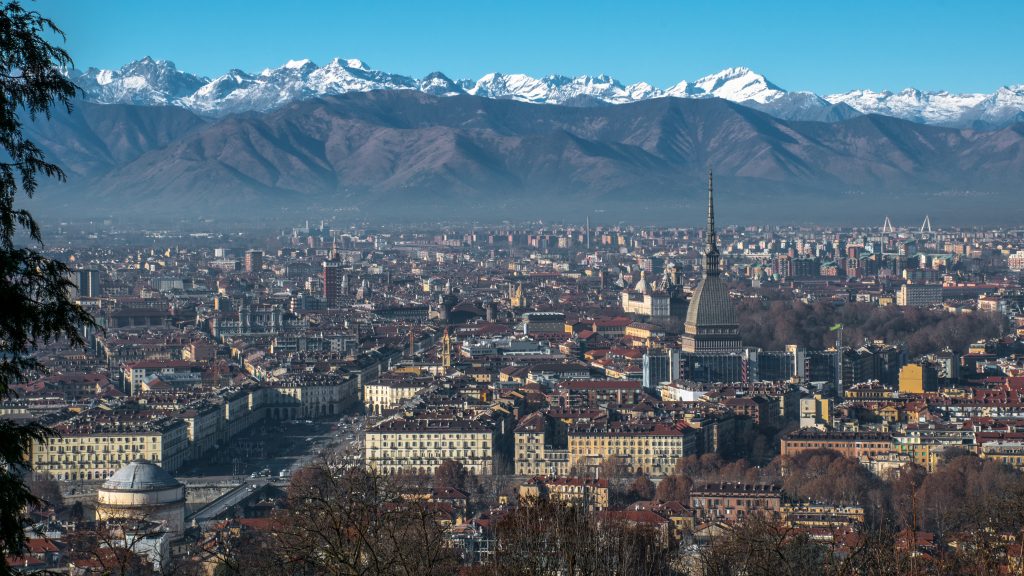
Let’s back up a bit. I’m a Postdoc fellow as part of the SEAS (Shaping European Research Leaders for Marine Sustainability) programme, based at the Centre for Deep-Sea Research, Department of Earth Science (Geology), University of Bergen (UiB), Norway. My work is focused on Geology (Hydrothermal Geochemistry), particularly on the experimental simulation of rock-fluid interactions at subcritical and supercritical condition in the ocean environment. This may sound like a bit of a tongue twister, but in this blog post I want to explain what brought me here. Since my childhood, I have always been attracted by every aspect concerning the modus operandi of the environment. I have always been opposed to all forms of waste, and I have tried to support every ¨green action¨ introduced to safeguard of our UNIQUE BLUE planet, both in the continental and the oceanic area. I’m extremely enthusiastic to contribute to any cause focused on the improvement and the develop of new technologies aim to the progress of the human being as part of a sustainable society. The SEAS programme was therefore a perfect fit for me.
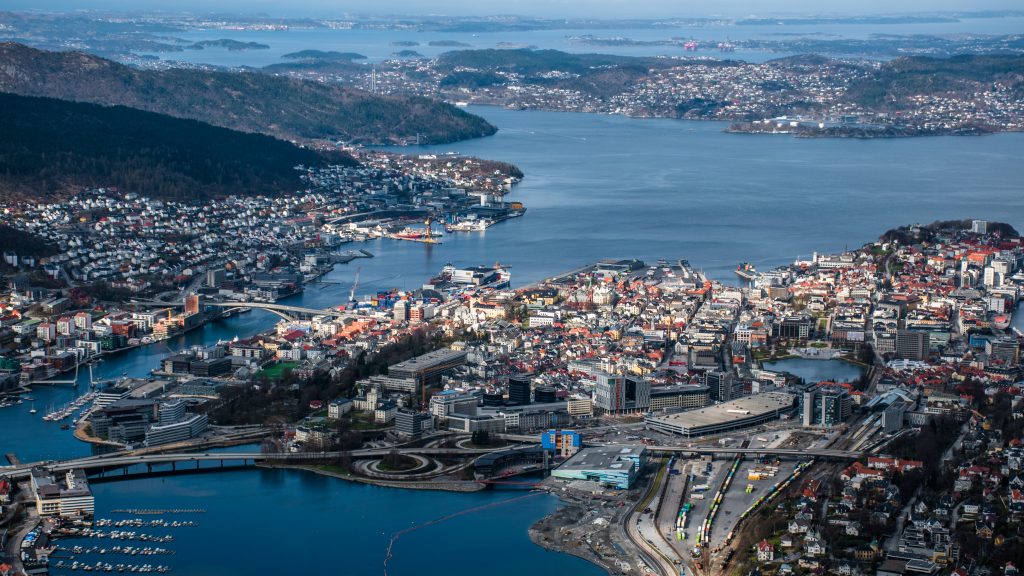
My entire career was an inspiring journey which has so far given me wonderful occasions to work and interact within several culturally distinctive working environments. I have always been welcomed and included despite working in many different places. This greatly helped me to build relationships with people of different skills and traditions, pushing my spirit of adaptation to many labor and living conditions. I expect to improve myself as a person in the SEAS programme, continuing to enrich my knowledge and share my experiences as a scientist within a new world-class research group. Furthermore, I want to bring more visibility to the experimental work, which I consider being a necessary and extremely important step within the research environment, in any field of study. The laboratory work permits to “re-create”, “re-produce” environmental conditions of places on Earth that sometimes can be of extreme physical difficult access to humans. This gives us the possibility to get fundamental scientific data that can result of enormously importance for knowledge and human development. Let’s think, for example, at the first Greek pre-Socratic philosopher Empedocles who conducted what some people call the FIRST experiment on 430 BC[1], by proving that air is a material substance by submerging a clepsydra into the ocean. While Feynman (1963)[2] illustrates the importance of the experimental work when noting that – the principle of science (the definition almost) is the following: The test of all knowledge is experiment. Experiment is the sole judge of scientific “truth” – (List and Levitt, 2005)[3].
I think that the desire to explore and understand the mechanisms of the most remote places on Earth is a powerful source of inspiration for human beings. Such actions and feelings, stimulate the curiosity of each individual, by expanding new horizons and breaking down some of the barriers that nature imposes. This pushes us to make important steps forward in our evolution. For this reason, I want to use this web space to share with my other SEAS colleagues, but especially with anyone else out there interested in this subject, my working experiences, and research progresses. I’ll try to engage your curiosity and attention for my field of study, which I consider extremely fascinating.
…and finally, you have almost definitely heard that Planet Earth’s surface is 75% water covered in both liquid and frozen form, and that only oceans hold about 96.5% of all Earth’s water. The average depth of the ocean is 4000m (about 2.5 miles), making the Abyssal Zone the largest living environment on Earth. It covers over 300,000,000 square km (115,000,000 miles) – about 83% of the ocean’s total area and 60% of Earth’s surface[4]. And finally think at this, the deepest part of the Ocean, in the Marianna Trench (11034m), is deeper than Mount Everest is tall (8849m).
So, there are so many aspects of this huge environment to explore and understand, yet… let’s try to start working on it, all together!
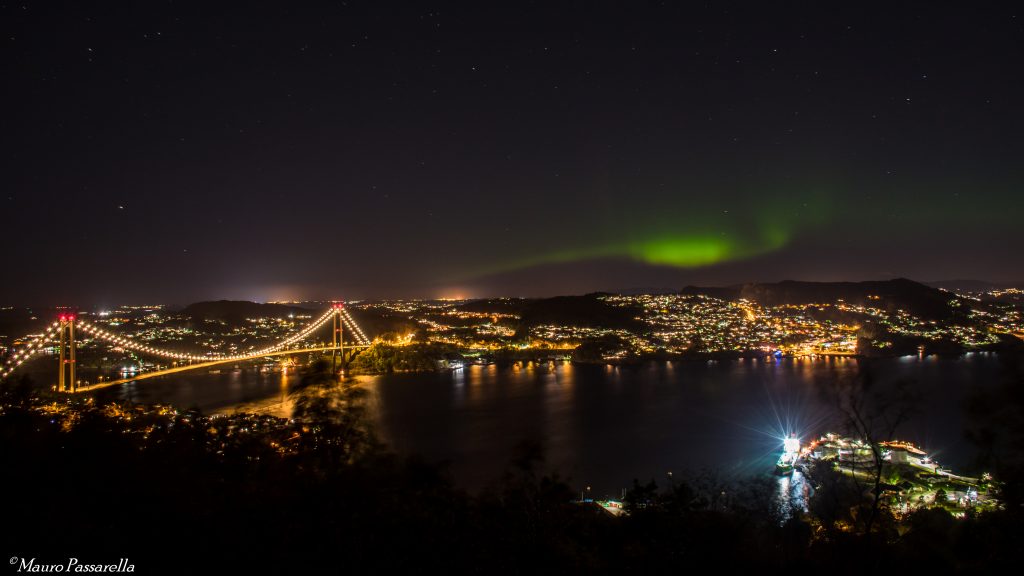
[1] https://en.wikipedia.org/wiki/Timeline_of_scientific_experiments
[2] Feynman, R.P., R.B. Leighton and M. Sands The Feynman Lectures on Physics. Reading, MA:Addison-Wesley Publishing Company, 1963
[3] List, J.A. and Levitt, S.D., 2005, What do laboratory experiments tell us about the real world. NBER working paper: 14-20
[4] https://untamedscience.com/biology/biomes/deep-sea-biome/

Be First to Comment